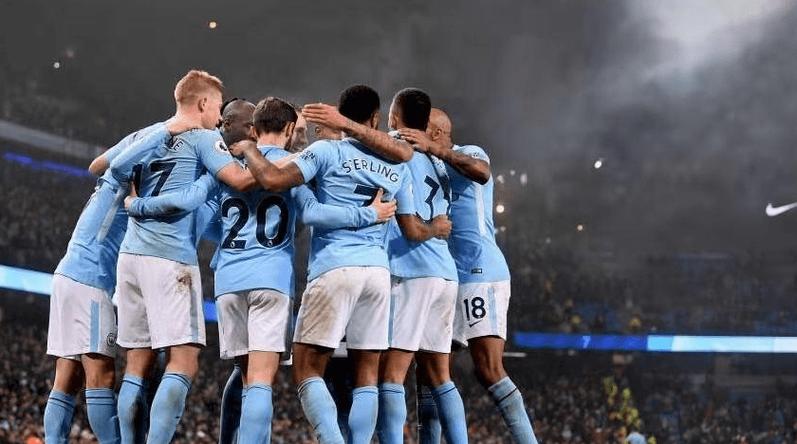Title: Tactical Analysis of Chelsea vs. Everton Match
Introduction:
In the football world, every match presents a unique blend of tactics, strategies, and individual brilliance. Analyzing the clash between Chelsea and Everton provides insights into the approaches of both teams, key moments, and potential areas for improvement. Let's delve into a comprehensive breakdown of the match.
Team Formations and Tactical Setup:
Chelsea, under the stewardship of their manager, likely deployed a dynamic formation, such as a 433 or a variation of it, to maintain control in midfield while utilizing the width of the pitch. Everton, possibly adopting a more defensive approach, might have employed a 4231 formation to absorb pressure and hit Chelsea on the counterattack.
Key Moments:
1.
Chelsea Dominance in Possession:
Chelsea, known for their possessionbased style, likely dominated the ball, circulating it patiently to probe Everton's defense. This controlled possession would aim to create openings in Everton's defensive structure, allowing Chelsea to penetrate and create scoring opportunities.
2.
Everton's Defensive Resilience:
Everton, recognizing Chelsea's attacking prowess, probably focused on maintaining a compact defensive shape, limiting space in crucial areas. They might have relied on organized defending, timely interceptions, and disciplined positioning to thwart Chelsea's advances.
3.
CounterAttacking Threat from Everton:
Everton, with a focus on exploiting Chelsea's potential defensive vulnerabilities, might have looked to capitalize on quick transitions. Through rapid counterattacks orchestrated by their key attacking players, Everton could have posed a significant threat on the break, aiming to catch Chelsea off guard.
4.
SetPiece Situations:
Both teams might have emphasized the importance of setpiece situations, viewing them as opportunities to gain an advantage. Chelsea's proficiency in setpiece execution, coupled with Everton's defensive solidity, could have made these moments pivotal in deciding the outcome of the match.
Individual Performances:

1.
Chelsea's Creative Midfielders:
Players like Mason Mount and Kai Havertz, operating in midfield, would have been crucial in orchestrating Chelsea's attacking moves. Their ability to link up play, provide incisive passes, and contribute defensively would have been instrumental in breaking down Everton's defense.
2.
Everton's Defensive Leaders:
Everton's defensive resilience would have heavily relied on the performances of key individuals such as Michael Keane and Allan. Their leadership at the back, along with their ability to anticipate Chelsea's movements and make crucial interventions, would have been vital for Everton's defensive stability.
3.
Strikers' Impact:
The performance of strikers on both teams, such as Chelsea's Romelu Lukaku and Everton's Dominic CalvertLewin, would have been decisive in the final outcome. Their ability to hold up play, create space for teammates, and convert goalscoring opportunities would have played a pivotal role in shaping the course of the match.
Conclusion and Recommendations:
Analyzing the tactical intricacies of the Chelsea vs. Everton match provides valuable insights for both teams. Chelsea may benefit from refining their approach in breaking down compact defenses, perhaps by incorporating more intricate passing combinations or exploiting wide areas with overlapping fullbacks. Everton, on the other hand, could further enhance their counterattacking efficiency by improving the speed and accuracy of their transitions while maintaining defensive solidity.
Overall, the match between Chelsea and Everton serves as a testament to the tactical diversity and competitive nature of football, offering valuable lessons for teams aspiring to succeed at the highest level.
